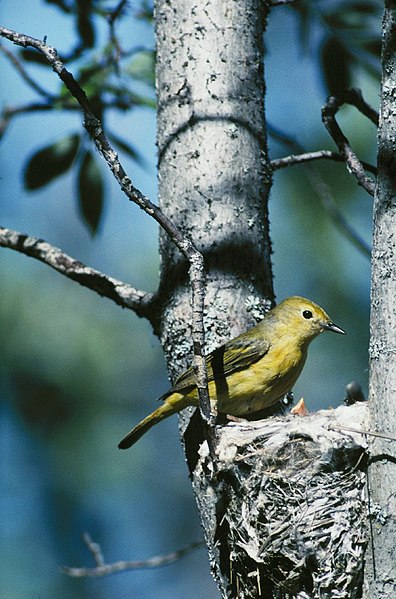The National Audubon Society has released the 2012 State of North American Birds Report, an impressive annual study that highlights species and habitats at risk. Because many birds respond quickly to changes in their environments, the report’s findings are also useful to organizations studying pesticide use, air quality, pollution, climate change and similar concerns. Compiled in conjunction with the US Fish & Wildlife Service and the North American Bird Conservation Initiative, the report also relies heavily upon the input of “citizen scientists” participating in the Christmas Bird Count and similar projects (please see the articles linked below to learn how to become involved…help is needed and appreciated!). Today I’ll summarize some of the report’s key points, including the disturbing finding that populations of many common birds, including typical garden and feeder visitors, are in steep decline.

Uploaded to Wikipedia Commons by Mdf
Common Birds in Decline
I was especially troubled to read about the population crashes being experienced by quite a few species that were so common that we might have been tempted to “take them for granted”. But as with so many other animals around the world, large populations are proving no match for rapidly changing environmental conditions. All of the common species on Audubon’s watch list have declined by at least 50%, while the 10 mentioned below have lost 70-82 % of their populations. Bobwhite Quails (one of my all-time favorites to observe and care for), for example, have decreased from approximately 31 million to 5.5 million individuals! Read More »
 That Bird Blog – Bird Care and History for Pet Birds
That Bird Blog – Bird Care and History for Pet Birds



